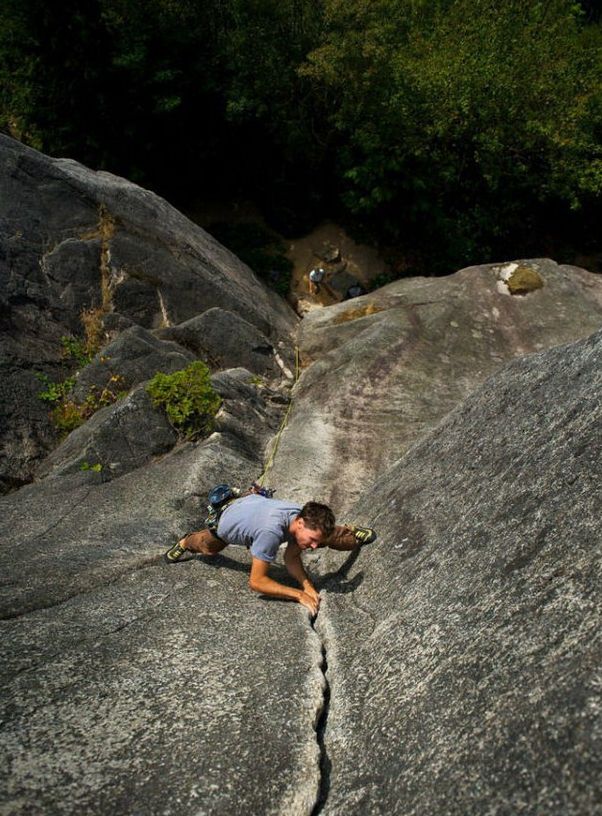|
|
Rock Climbing Photography
|
• Sport climbing – Unlike traditional rock climbing, sport climbing involves the use of protection (bolts) or permanent anchors which are attached to the rock walls.
• Bouldering – Climbing on short, low routes without the use of the safety rope that is typical of most other styles. Protection, if used at all, typically consists of a cushioned bouldering pad below the route and/or a spotter, a person who watches from below and directs the fall of the climber away from hazardous areas. Bouldering may be an arena for intense and relatively safe competition, resulting in exceptionally high difficulty standards.
• Free soloing (not to be confused with free climbing) is single-person climbing without the use of any rope or protection system whatsoever. If a fall occurs and the climber is not over water (as in the case of deep water soloing), the climber is likely to be killed or seriously injured. Though technically similar to bouldering, free solo climbing typically refers to routes that are far taller and/or far more lethal than bouldering. The term "highball" is used to refer to climbing on the boundary between soloing and bouldering, where what is usually climbed as a boulder problem may be high enough for a fall to cause serious injury and hence could also be considered to be a free solo.
• Indoor climbing – Permits climbing in all types of weather and at all times of day. Used for improving climbing skills and techniques.
|
|









